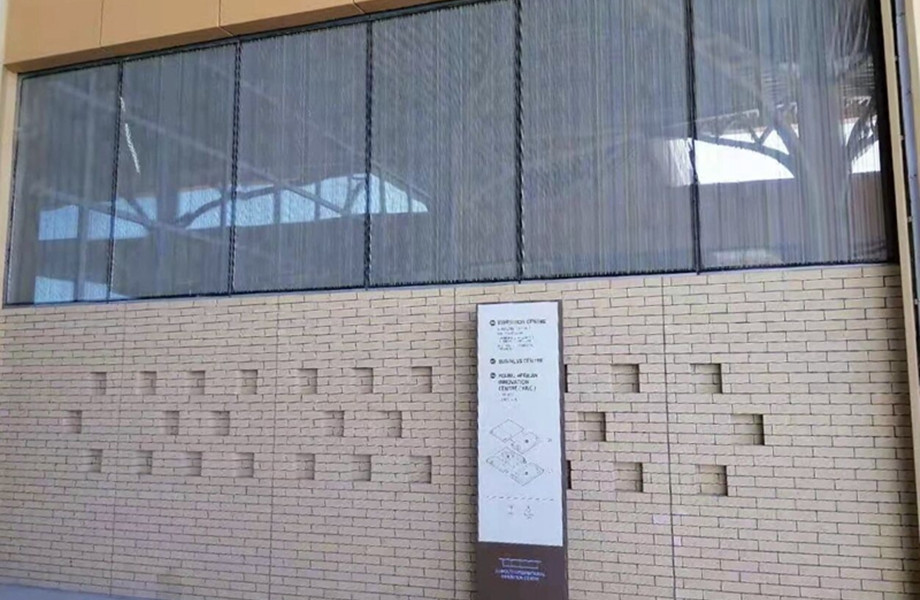In the dynamic realm of architecture, every element plays a pivotal role in shaping the narrative of a structure. Among these, Curtain Wall Tempered Glass stands tall as a beacon of innovation and sophistication. With its seamless integration into modern architectural designs, tempered glass has emerged as a transformative force, elevating structures from mere constructions to timeless masterpieces.
Redefining Aesthetics and Functionality
A Seamless Blend of Form and Function
Curtain walls, primarily composed of tempered glass, offer architects unparalleled freedom in design. The sleek, minimalist appearance of tempered glass panels not only enhances the visual appeal of a building but also serves a crucial functional purpose. By allowing natural light to permeate the interior spaces, these glass facades create an ambiance of openness and connectivity with the surrounding environment.
Enhanced Structural Integrity
Tempered glass undergoes a rigorous thermal tempering process, resulting in exceptional strength and durability. Unlike traditional glass, which is prone to shattering into sharp shards upon impact, tempered glass fractures into small, granular pieces, minimizing the risk of injury. This inherent safety feature, coupled with its robust structural properties, makes tempered glass an ideal choice for curtain wall applications, ensuring the longevity and resilience of architectural projects.
Unleashing Design Possibilities
Versatility in Design
The versatility of curtain wall tempered glass knows no bounds, offering architects a canvas upon which to unleash their creativity. Whether it's the iconic skyline of a bustling metropolis or the serene landscape of a countryside retreat, tempered glass seamlessly integrates into diverse architectural styles, transcending boundaries and breathing life into visionary concepts.
Customization and Personalization
In the realm of architectural design, one size certainly does not fit all. With curtain wall tempered glass, customization is key. From varying thicknesses and tints to bespoke patterns and textures, architects have the freedom to tailor tempered glass solutions to meet the unique requirements of each project. Whether it's creating a striking facade that reflects the surrounding landscape or incorporating intricate motifs that pay homage to cultural heritage, the possibilities are endless with tempered glass.
.jpg)
Sustainable Solutions for a Greener Future
Eco-Friendly Advantages
As the world shifts towards sustainable practices, architects are increasingly turning to environmentally friendly building materials. Curtain wall tempered glass aligns perfectly with this ethos, offering a host of eco-friendly advantages. From energy-efficient glazing systems that minimize heat loss to recyclable materials that reduce carbon footprint, tempered glass represents a sustainable solution for architects committed to building a greener future.
Harnessing Solar Potential
In addition to its aesthetic and structural benefits, tempered glass plays a crucial role in harnessing solar energy. By incorporating photovoltaic panels into curtain wall systems, architects can transform buildings into self-sustaining power sources, reducing reliance on conventional energy sources and mitigating environmental impact. This synergy between design innovation and renewable energy epitomizes the transformative potential of tempered glass in shaping a sustainable built environment.
Conclusion
In the ever-evolving landscape of architecture, Curtain Wall Tempered Glass stands as a testament to innovation, creativity, and sustainability. From its seamless blend of form and function to its limitless design possibilities, tempered glass has redefined the boundaries of architectural excellence.


.jpg)
.jpg)
2739.jpg)
.png)
.png)
.jpg)


.jpg)
.jpg)
.png)
.png)
.png)
.jpg)
.jpg)